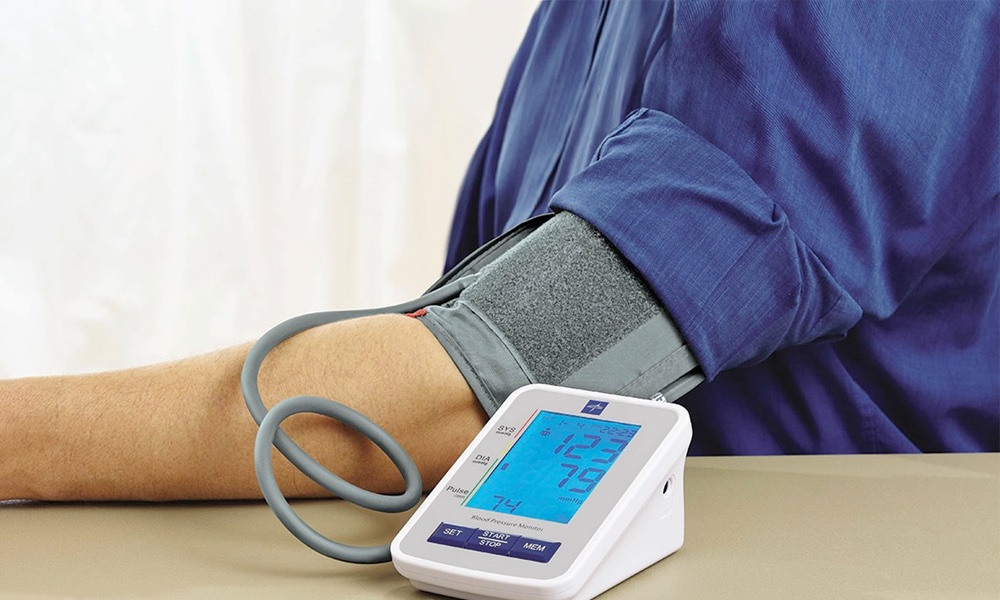Neuroscientists Daniel Kahneman and Amos Tversky received a Nobel Prize in 2002 for earlier research which indicated that people rarely make rational decisions. Their work dealt with people's conscious assessment of probabilities. How can people who have major difficulties balancing a checkbook possibly be expected to perform accurate probability calculations?
The answer lies in the subconscious....[H]uman beings make very good probability assessments when they use the subconscious or unconscious part of their brain to make these decisions.
Alex Pouget is an associate professor of brain and cognitive sciences at Rochester University. He's of the opinion that human beings make very good probability assessments when they use the subconscious or unconscious part of their brain to make these decisions. And he's done research that backs up this hypothesis.
Most decisions people make are made subconsciously. The decision to stop at a red light or to wear clothes to work are two examples of this sort of automatic decision-making. Many of these decisions end up being the correct ones.
Pouget designed an experiment where subjects would watch a series of moving dots on a computer screen. Most of the dots were moving in random directions, but some of them were programmed to move in a specific direction. A subject had to decide if the dots were moving to the left or to the right. Experimenters were able to monitor the activity of particular neurons in a subject's brain. When dots were programmed to move to the right, neurons in the brain that code for rightward movement would fire. As the subject watched for a longer period of time, the more often these neurons would fire. Eventually, a certain threshold would be reached, causing a flurry of activity in the brain. The subject would then respond that the dots were moving rightward.
Subjects were not consciously doing numerical calculations, but their subconscious was. When a threshold had been reached, a subject suddenly "realized" that the dots were moving rightward. While this particular study may be more about pattern recognition and spatial relationships than actual number manipulations, the same principle applies. People have calculators in their subconscious and they constantly use them — even math-challenged people.
Pouget says that this system of decision-making has several advantages. The most important of these is that it allows people to reach reasonable decisions in a short amount of time. If people were consciously counting the number of dots they saw moving in a certain direction and waiting until they saw 50 or 100 of them, it would take much longer.
The research also indicates that when people do reach a decision subconsciously, they also have an estimate of how certain they are about this decision. This varies for individual decisions and depends on where the triggering threshold has been set. Pouget is now investigating how the brain sets this threshold for different types of questions. Knowing that you're not going to hit the car in front of you requires a higher certainty than knowing that there's a sufficient supply of coffee in the pantry, at least for most people.
The actual experiments were performed by a team in the laboratory of Michael Shadlen, a professor of physiology and biophysics at the University of Washington. The results were published in the December 26, 2008 issue of Neuron.




